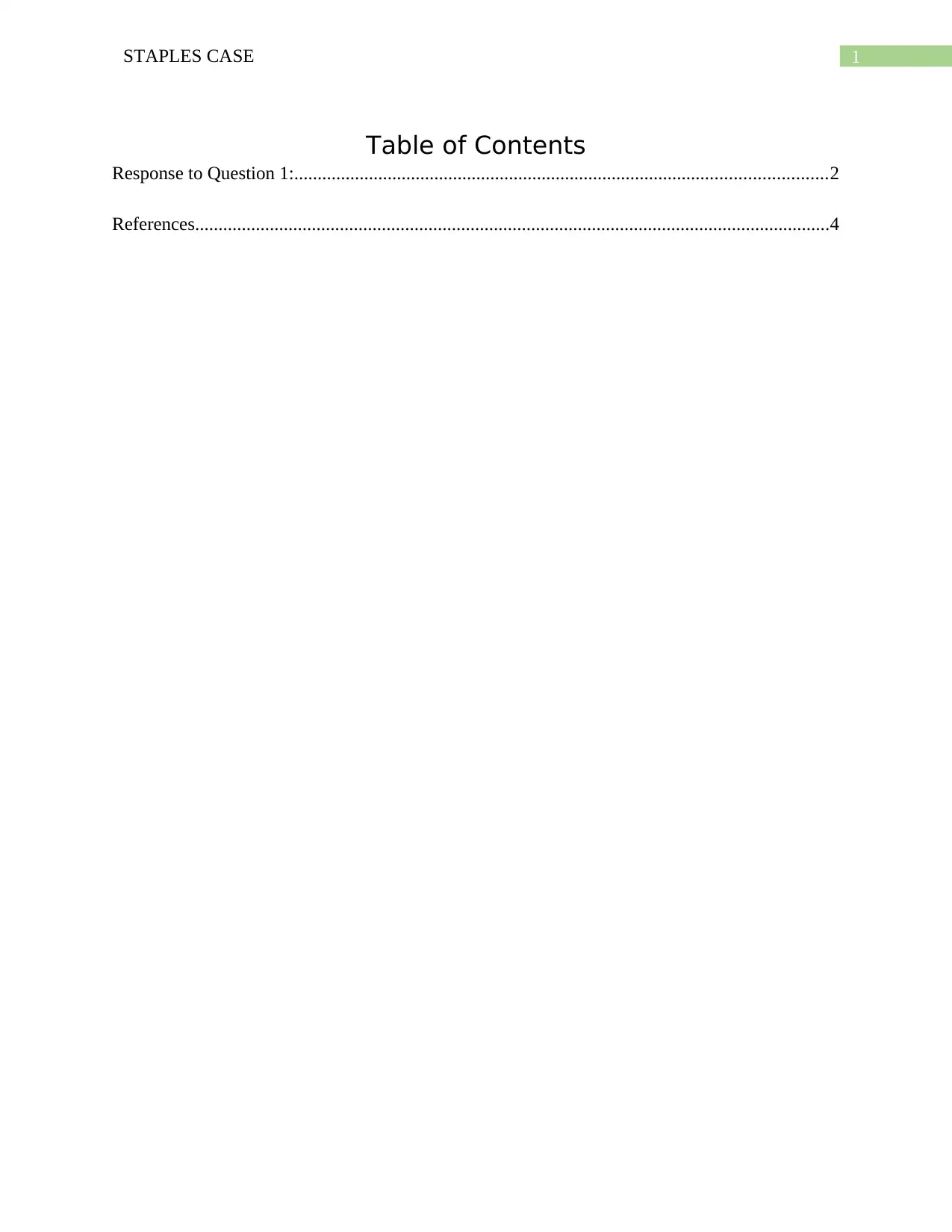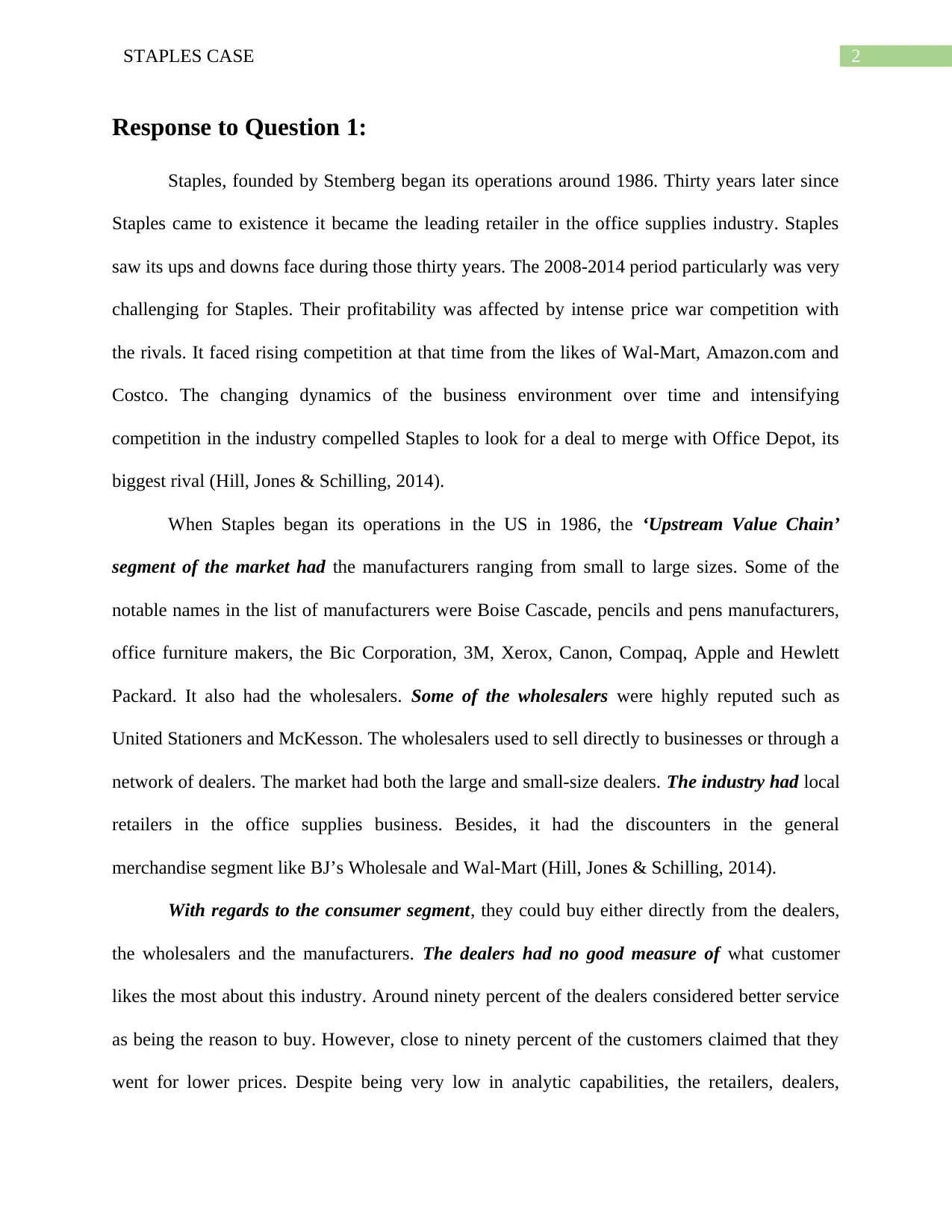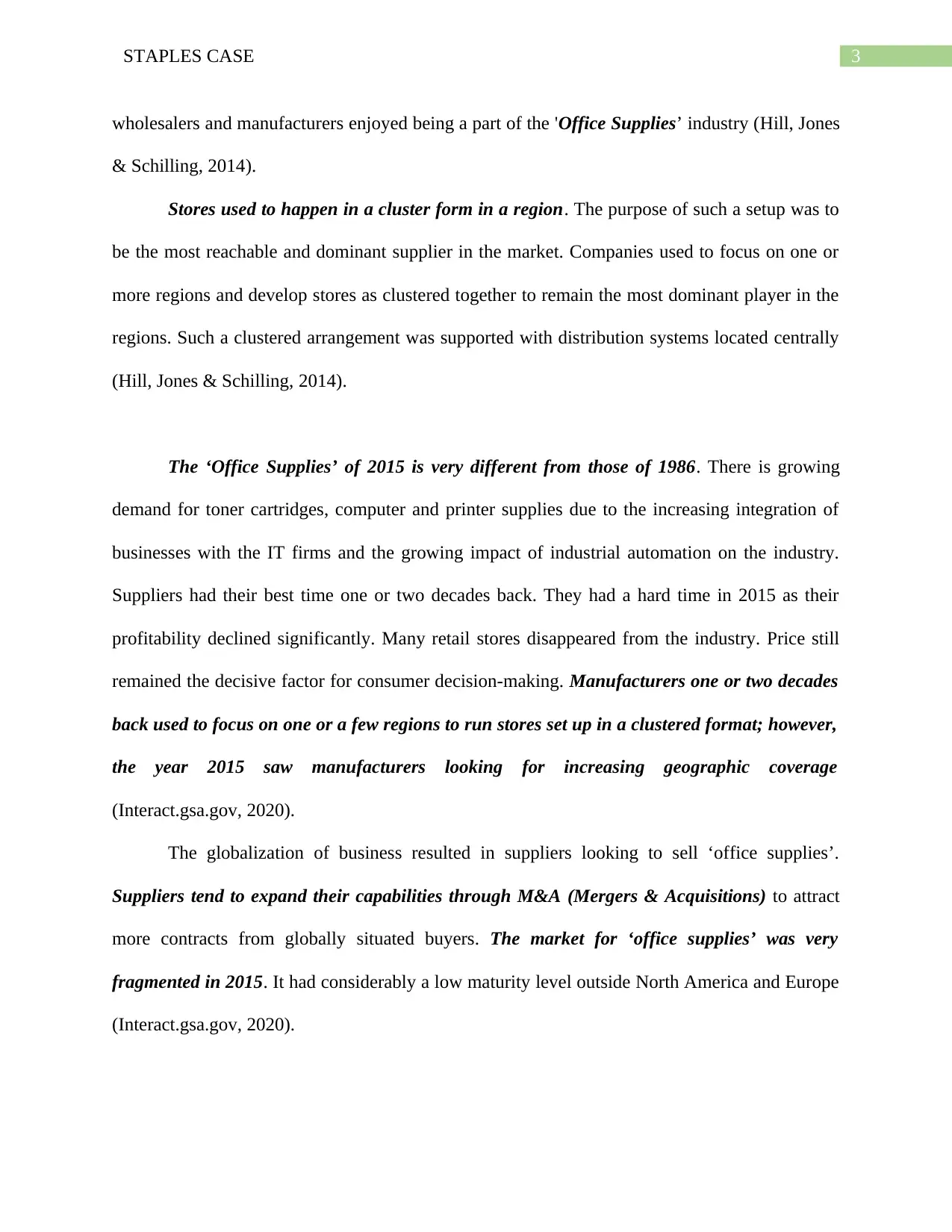Staples Case Study: US Office Supply Industry 1985 & 2015 Analysis
VerifiedAdded on 2022/08/18
|5
|770
|10
Case Study
AI Summary
This case study analyzes the Staples company and the US office supply industry, focusing on its structure and market segments in 1985 and 2015. In 1985, the industry comprised manufacturers, wholesalers, dealers, and retailers, with stores clustered regionally. The consumer segment purchased directly from various sources. The analysis highlights the changing dynamics, increased competition from online retailers like Amazon, and the impact of technological advancements. The 2015 industry saw increased demand for IT-related supplies, declining profitability for suppliers, and a more fragmented market, particularly outside North America and Europe. The study emphasizes the shift towards globalization and mergers and acquisitions to expand market reach.
1 out of 5






![[object Object]](/_next/static/media/star-bottom.7253800d.svg)